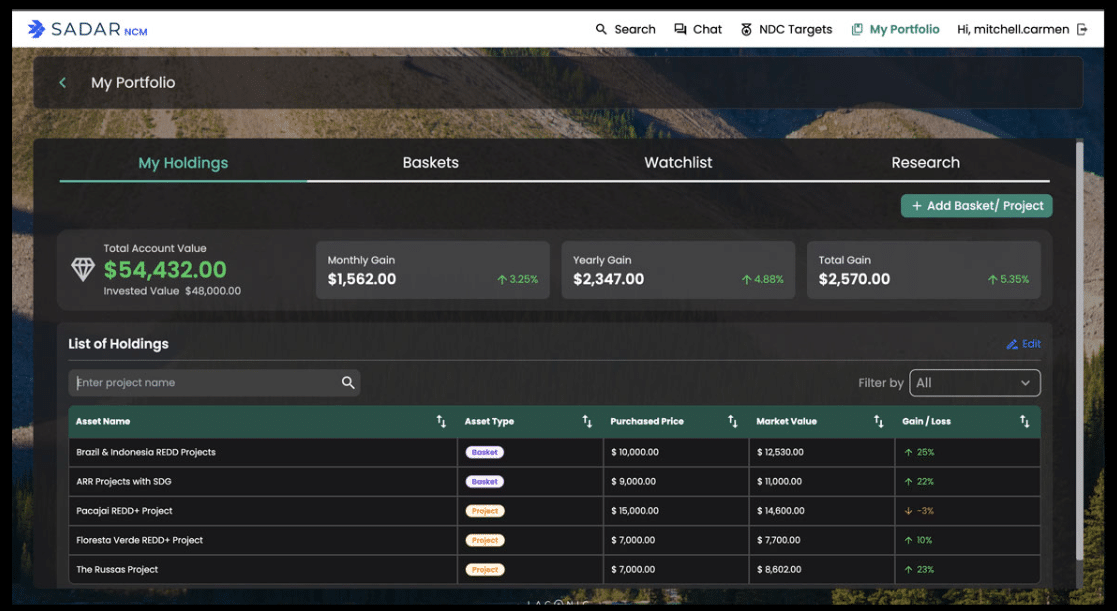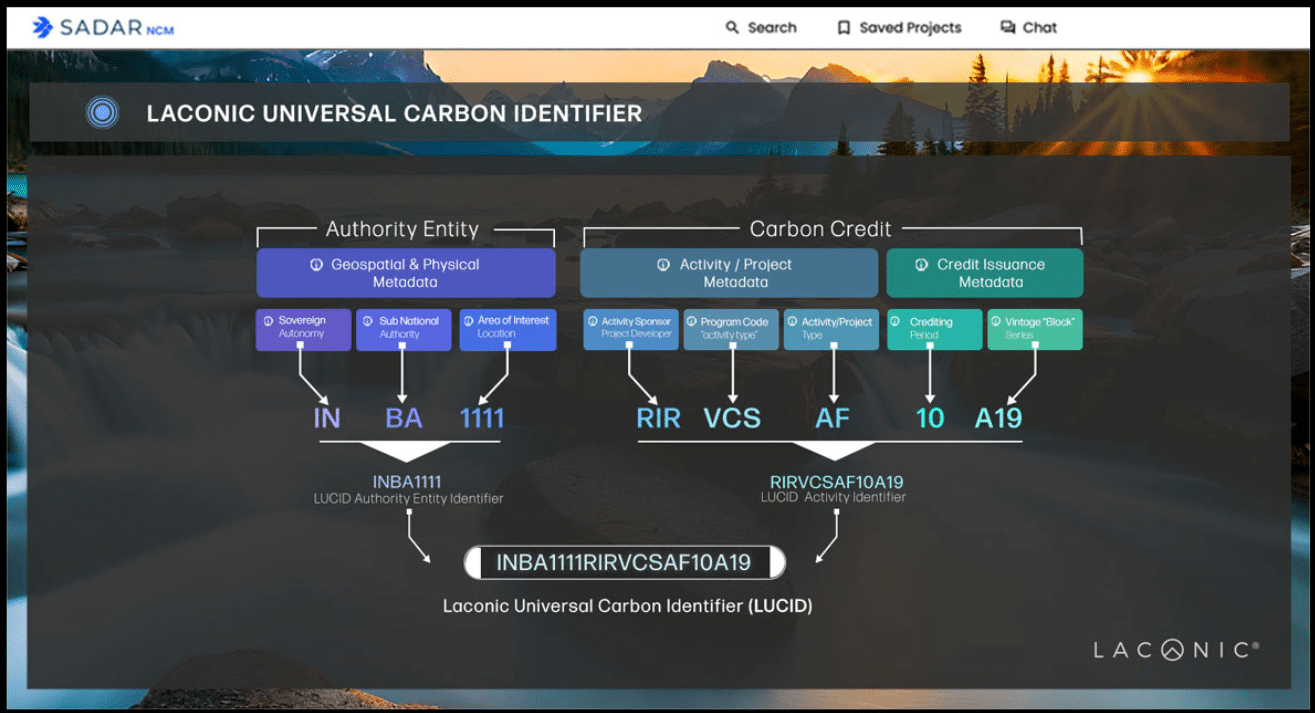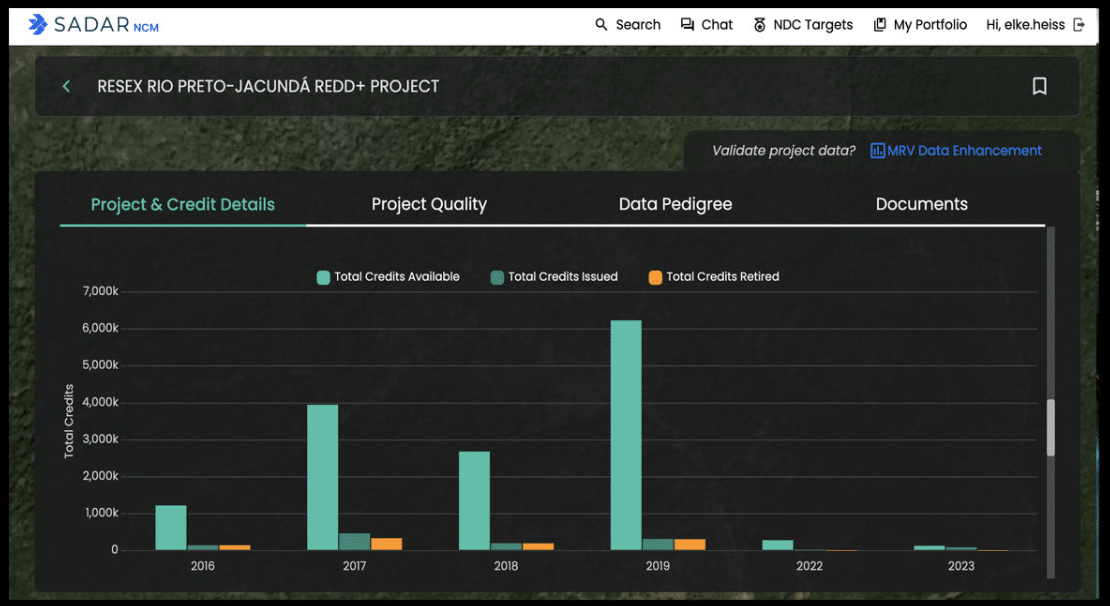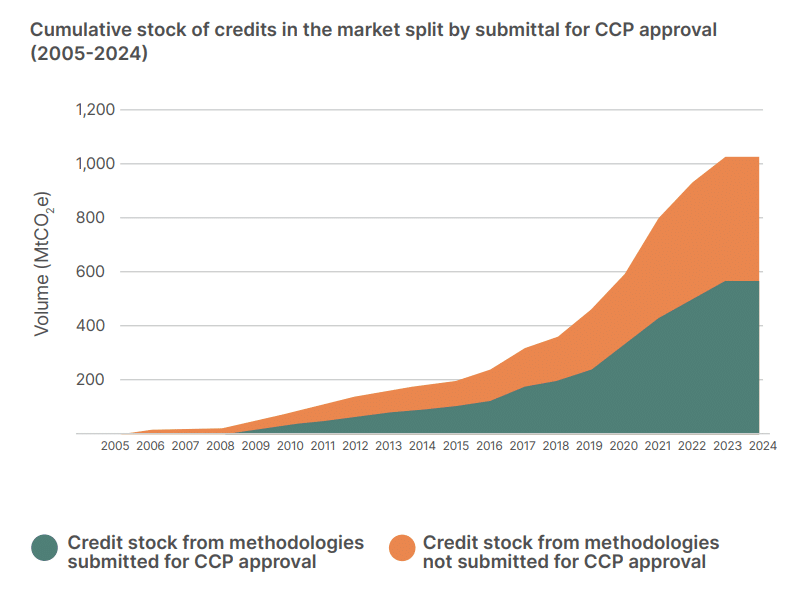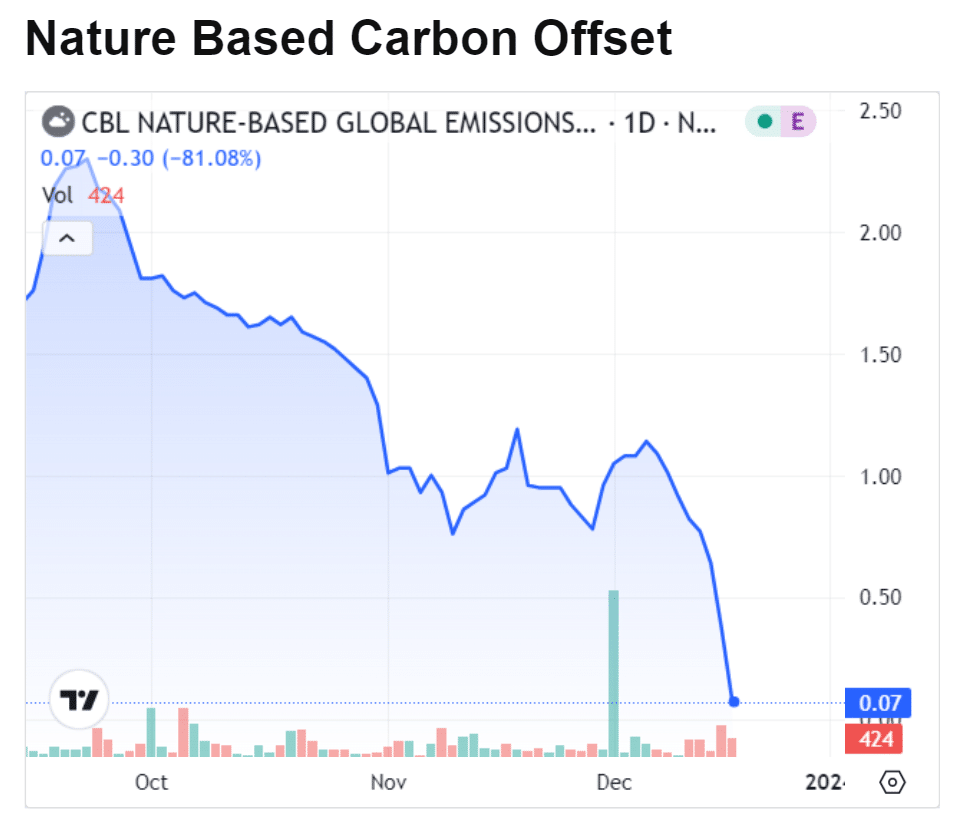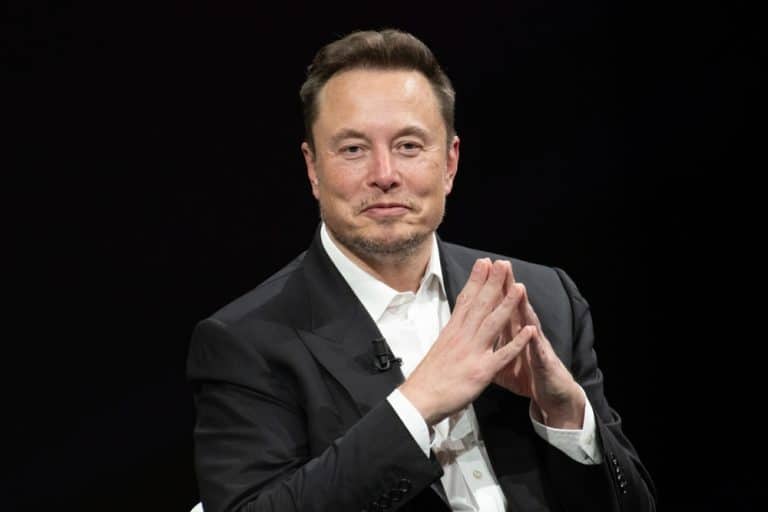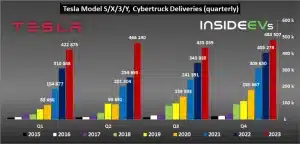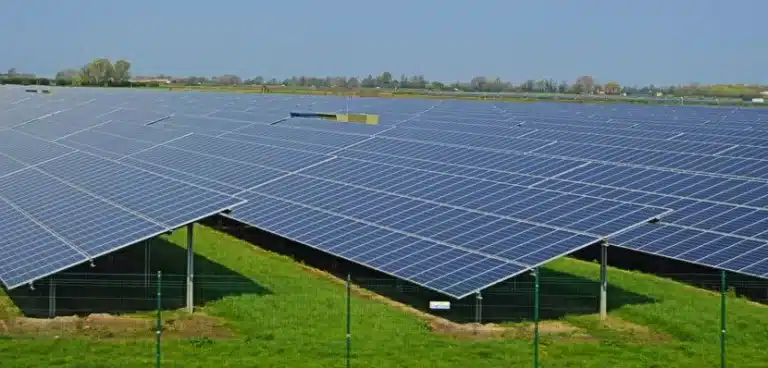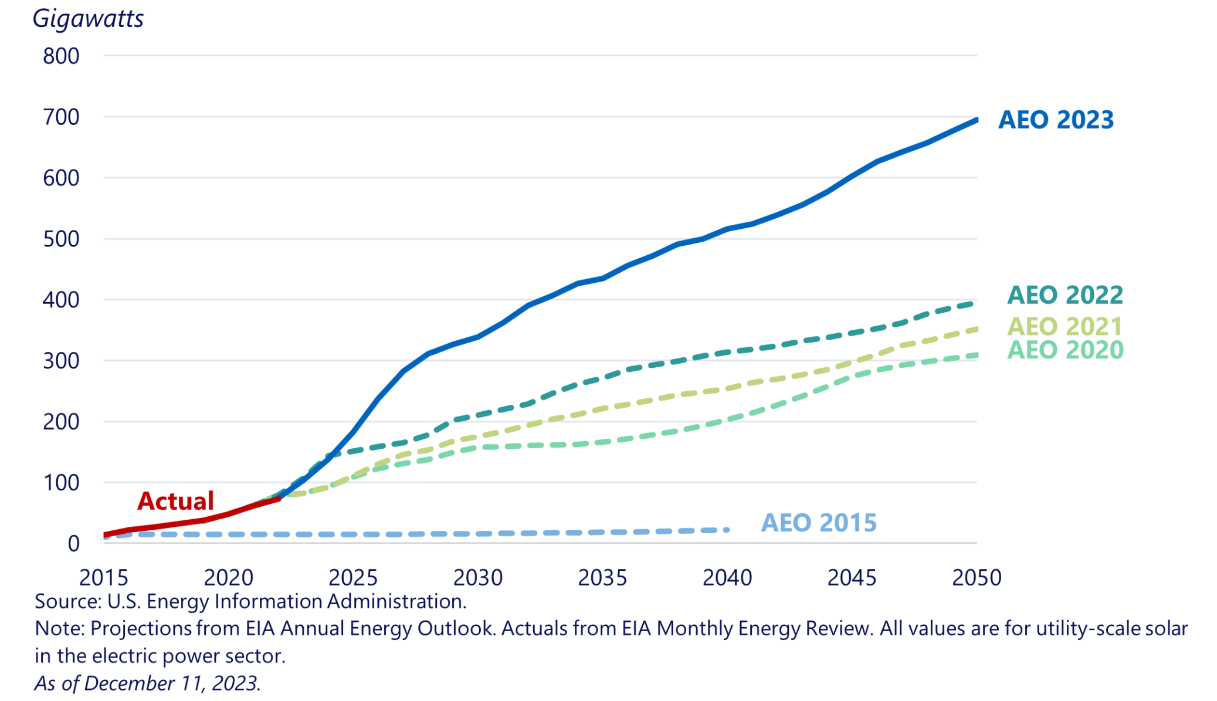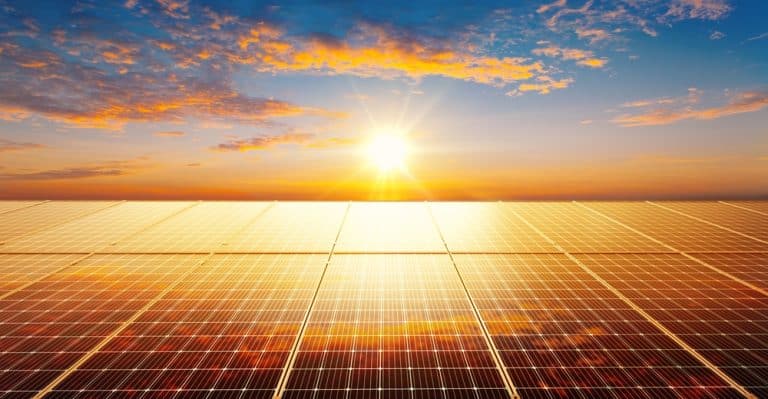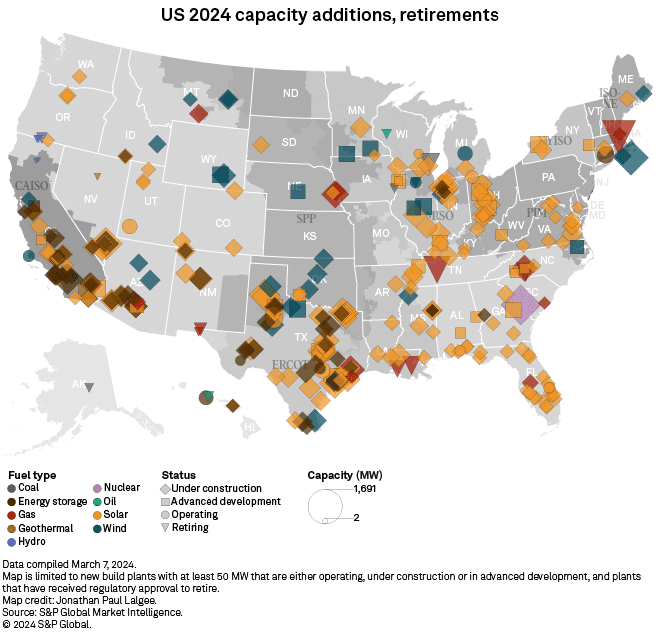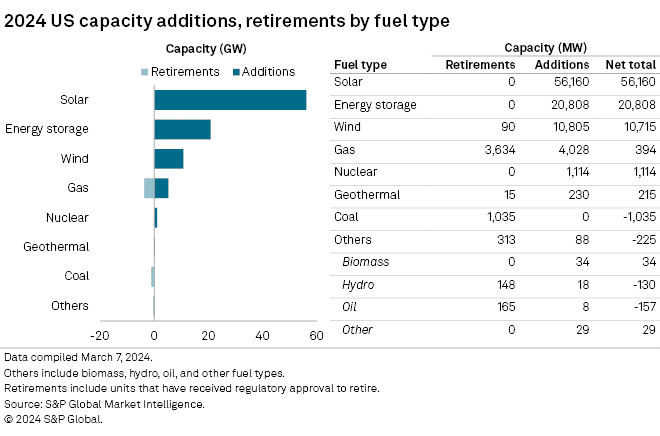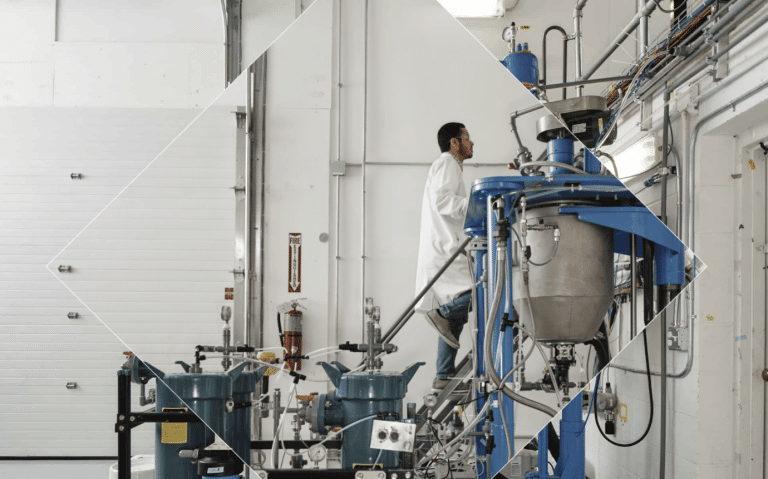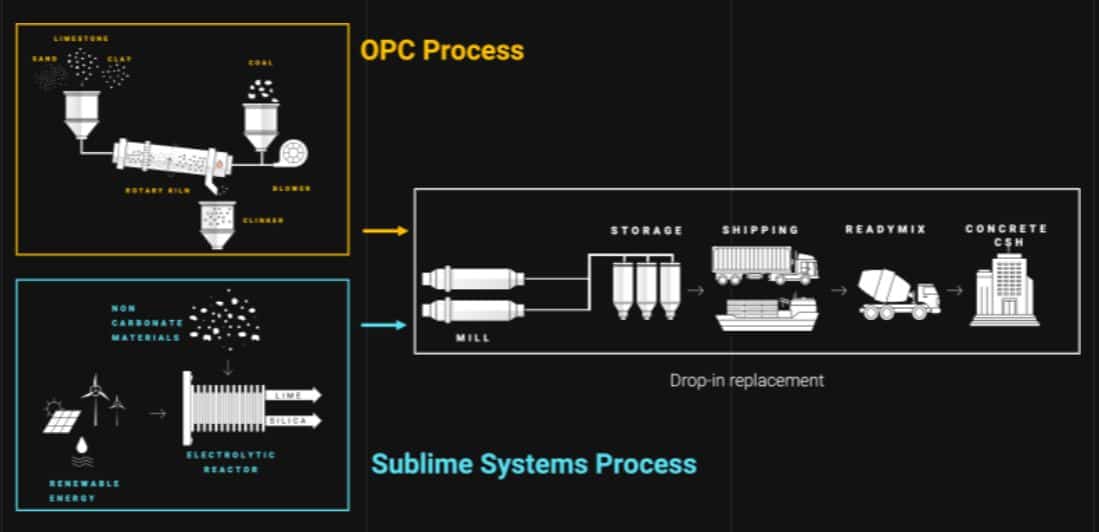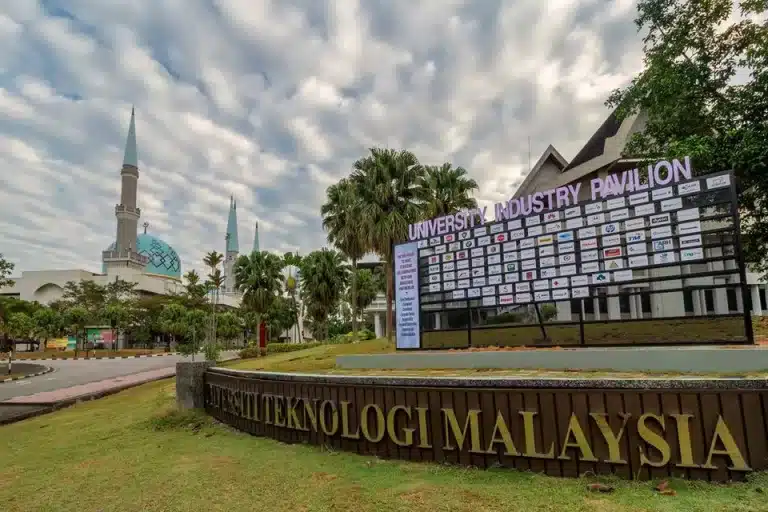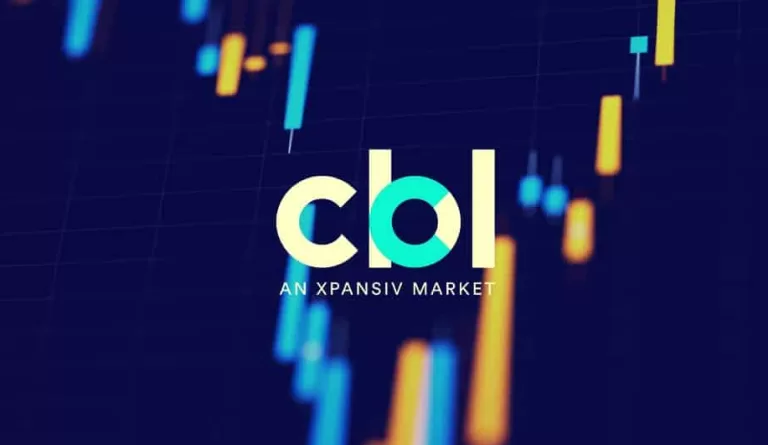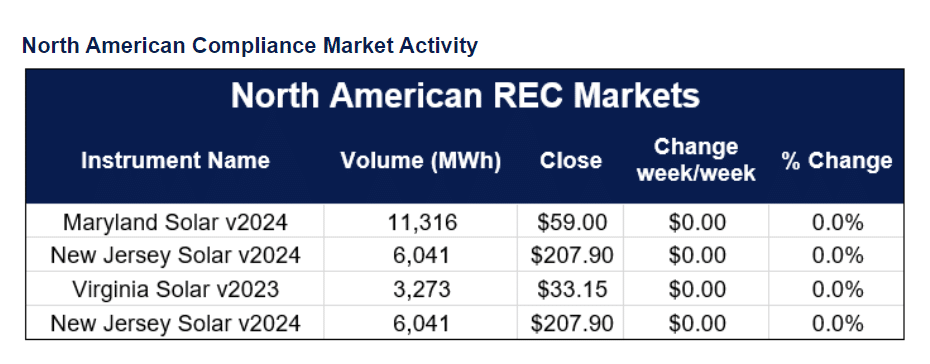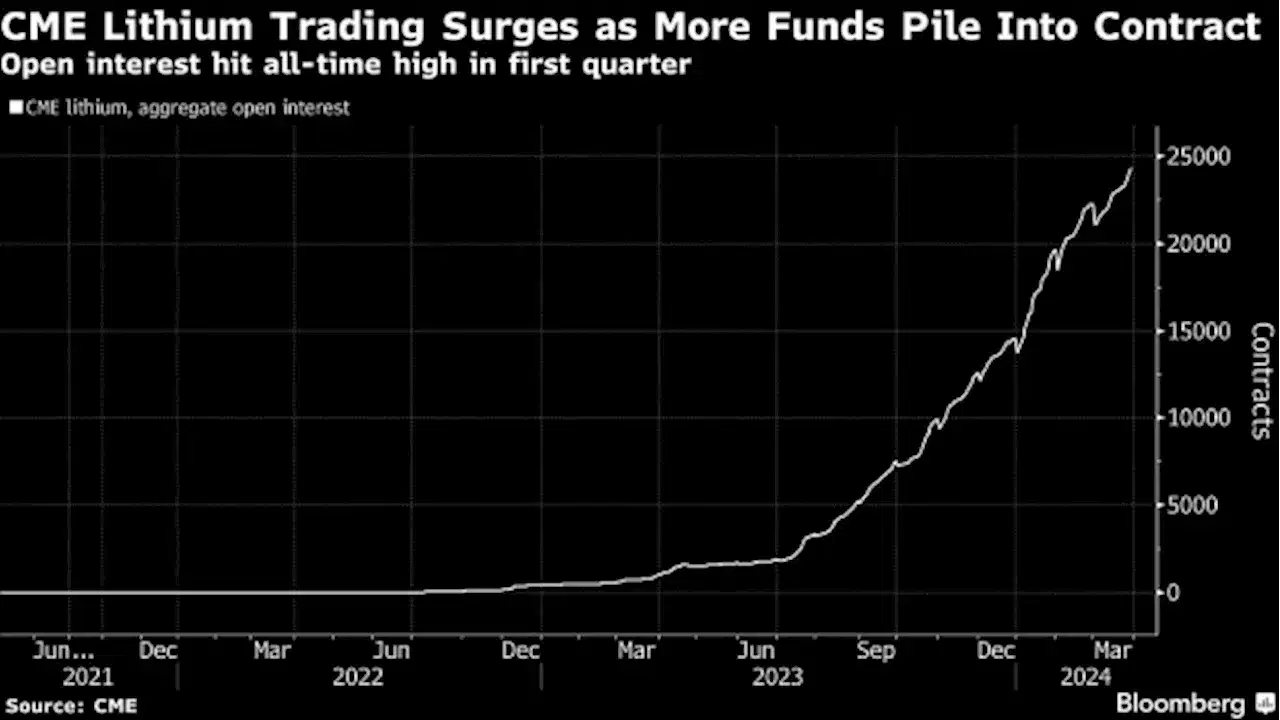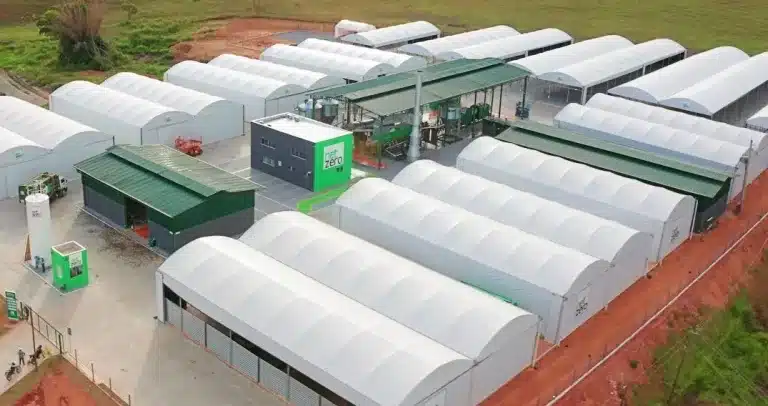Merchant nuclear power plants are finding a sweet spot in supplying on-site energy to tech companies constructing data centers across the United States. With a combined capacity of nearly 22 gigawatts (GW), these nuclear reactors possess advantages like ample space and cooling water.
By having nuclear generation on-site, data centers can avoid congested interconnection queues, ensuring a reliable power supply.
Constellation Energy Corp., Vistra Corp., NRG Energy Inc., and Public Service Enterprise Group Inc. are among the companies benefitting from the surge in their stock prices. These firms could reap significant financial rewards as electricity markets tighten, driven by the rising energy demands of data centers.
Powering the Digital Age
The growing energy needs of data centers are creating ripple effects in both the power generation and retail markets. Major tech companies, like Amazon Web Services Inc., are willing to pay premiums for continuous electricity. This is evidenced by their recent purchase of a data center campus in Pennsylvania for $650 million.
The campus, boasting a capacity of up to 960 MW for datacenters, sits adjacent to Talen’s Susquehanna Nuclear power plant. The nuclear facility generates a whopping 2,494 MW of power to fuel its operations.
This Amazon transaction signals an increased interest in securing round-the-clock power supply from nuclear plants. The potential pricing is expected to be around $30 per megawatt-hour (MWh).
The International Energy Agency forecasts that electricity consumption in data centers will rise from 200 terawatt-hours (TWh) in 2022 to around 1,050 TWh in 2026. That is equivalent to the energy demand of Germany.
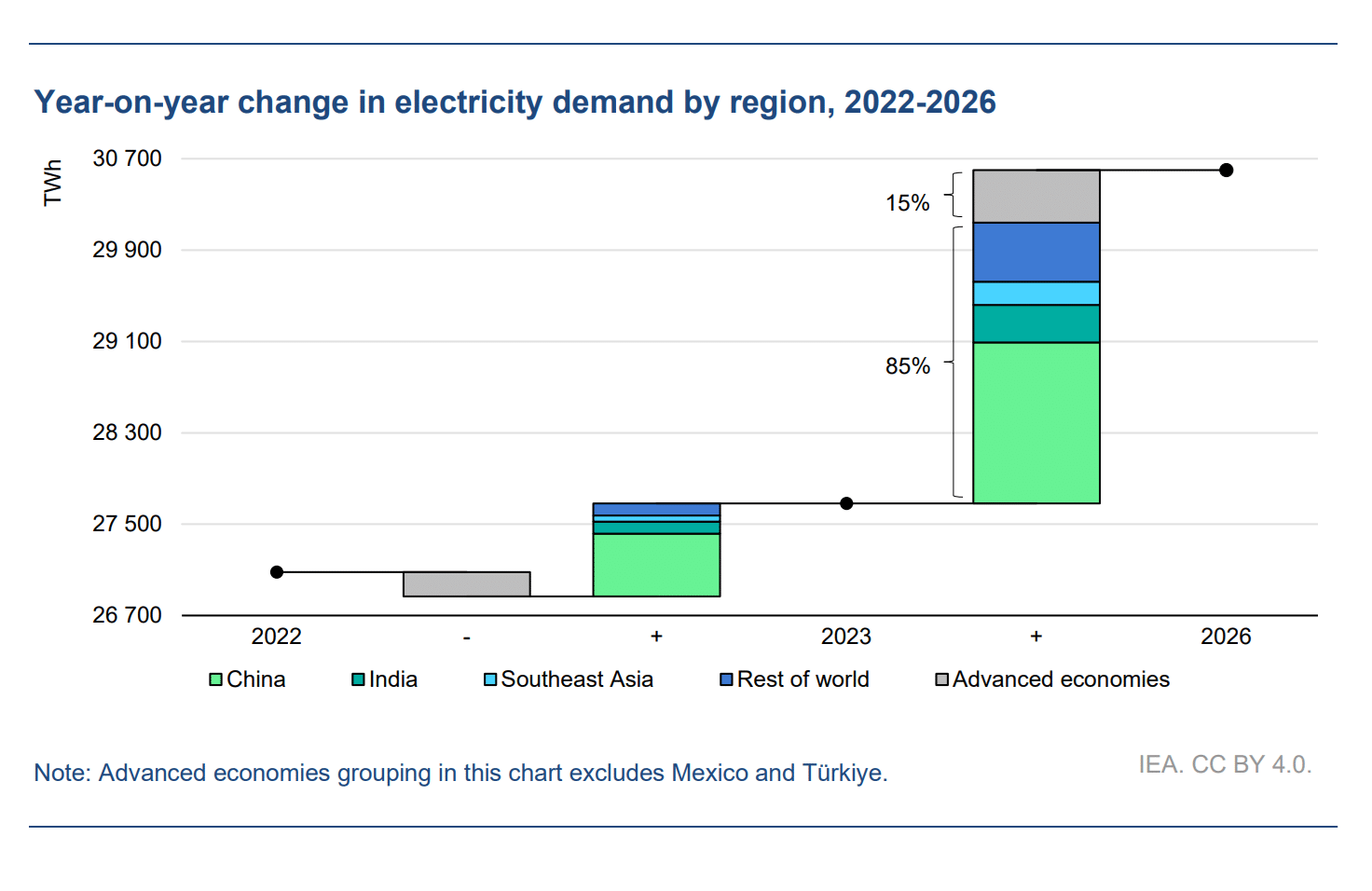
This surge is expected to represent about 6% of the United State’s total power demand. The country is home to 33% of the world’s data centers.
The Growing Demand of Energy-Hungry AI
According to the IEA report, data centers globally consumed 460 terawatt-hours (TWh) of electricity in 2022, which accounted for 2% of total global electricity usage. Within data centers, the most energy-intensive processes are computing power and cooling.
With the rapid expansion of Artificial Intelligence (AI) services in the past year, data center providers have been investing in power-hungry Graphics Processing Units (GPUs) to meet the growing demand.
Another estimate forecasts that by 2027 the AI sector could use between 85 to 134 terawatt-hours every year. That figure is equivalent to the annual energy demand of the Netherlands.
In a study where the authors tested 88 different AI models across various applications, they repeated each task 1,000 times and estimated the energy consumption.
They found that many tasks showed low energy use. For instance, the AI model generated 0.002 kWh for classifying written samples and 0.047 kWh for generating text. To put this into perspective, it’s like the energy consumed during nine seconds or 3.5 minutes of Netflix streaming, respectively, for each task repeated 1,000 times.
However, image-generation AI models had significantly higher energy consumption, averaging 2.907 kWh per 1,000 inferences. The paper highlights that this is nearly equivalent to the energy used to charge an average smartphone, emphasizing the energy-intensive nature of AI image generation.
In Alex de Vries estimates, a PhD candidate, from 2010 to 2018, energy consumption in data centers remained relatively steady. It constituted about 1-2% of global energy consumption.
While demand increased during this period, de Vries explains that hardware efficiency also improved, effectively counterbalancing the rise in demand.
Renewable Solutions for Data Center Growth
In response to this alarming increase in energy demand to meet data center expansion, grid planners have adjusted their load growth forecasts accordingly, reflecting the escalating energy demands of data centers.
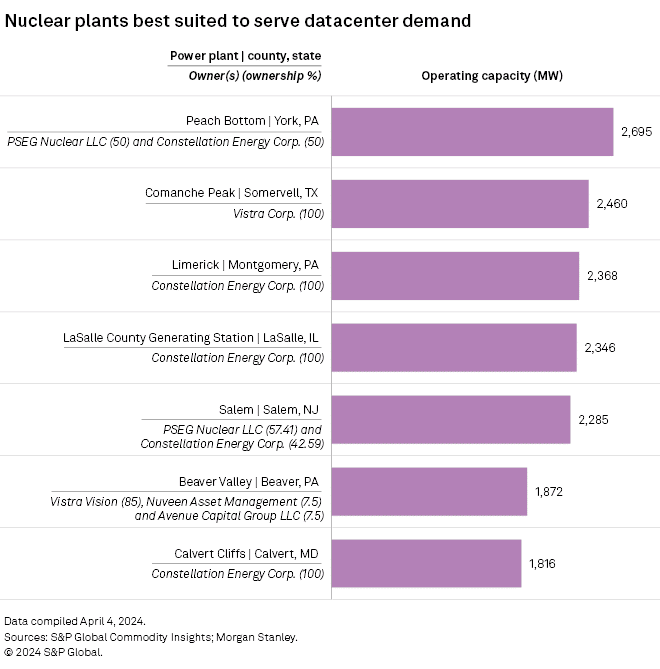
Due to their sizable capacities, nuclear plants like the Salem units in New Jersey and Beaver Valley in Pennsylvania are ideal for colocation with data centers.
Renewables’ developers, such as AES Corp. and NextEra Energy Inc., are also well-positioned to capitalize on the data center boom. They could offer on-site primary power generation solutions to tech giants.
Meanwhile, renewable developers have secured contracts for over 4,000 MW of capacity, catering to data centers’ energy needs. AES, for instance, has contracted 1,000 MW from its Bellefield and Bellefield 2 solar projects in California. Each project comes with battery storage capacity.
Additionally, innovative combinations of wind, solar, and natural gas-fired generation are being explored to provide reliable, low-carbon power to data centers.
As the demand for data centers continues to grow, the convergence of nuclear energy and technology industries presents lucrative opportunities for both traditional and renewable energy providers to meet the evolving needs of the digital age.
Could those merchant nuclear plants be the answer to the rapid growth of data centers and the rise of AIs? This would be an interesting development to have an eye on.



